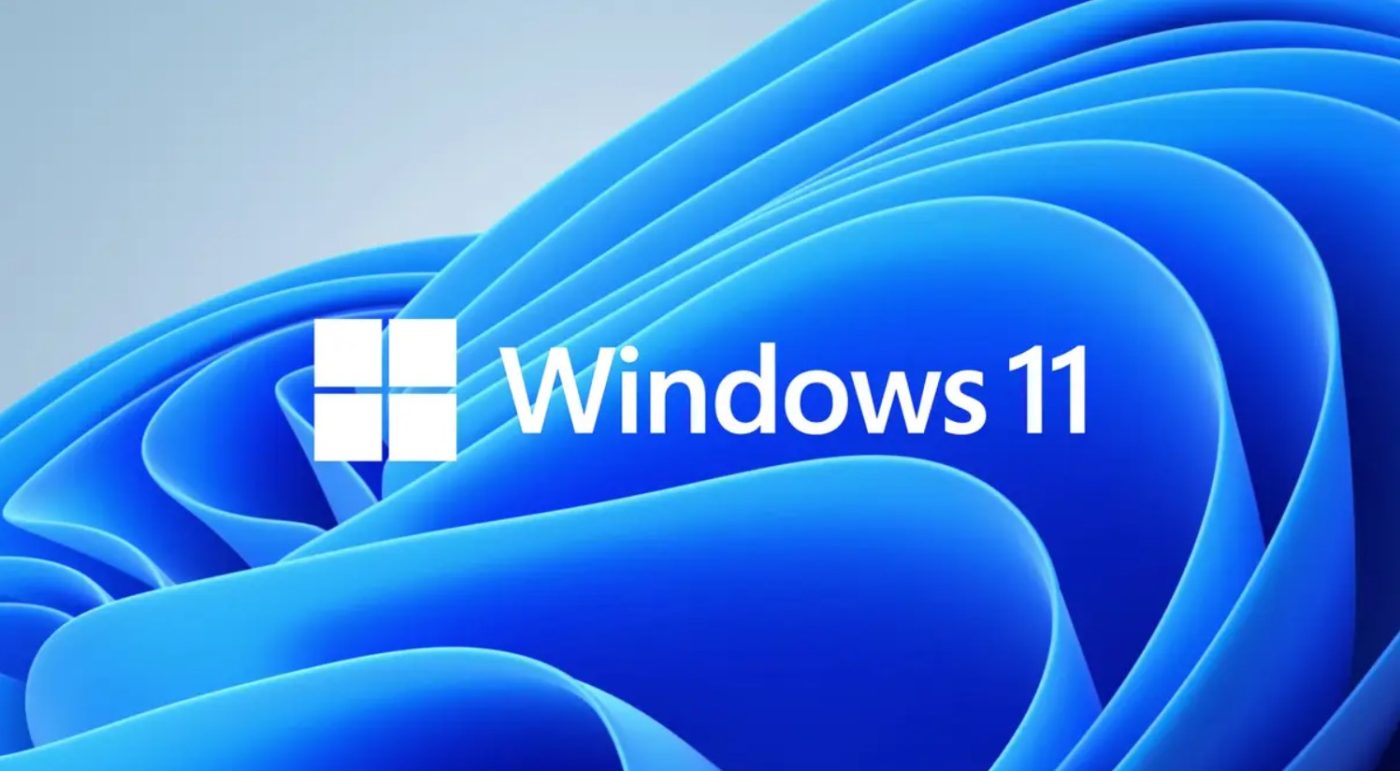Windows Blog
Does Windows 11 Home support DirectStorage?
Yes, Windows 11 Home supports DirectStorage, a cutting-edge technology developed by Microsoft to enhance gaming experiences on PCs. DirectStorage allows games to load assets directly from a high-speed NVMe SSD to the GPU, significantly reducing load times and improving overall performance. This feature is especially beneficial for gamers who want faster and more seamless gameplay. In this blog post, we’ll delve into what DirectStorage is, how it works, and how Windows 11 Home users can take advantage of it.
What is DirectStorage?
DirectStorage is a feature introduced with Windows 11 that optimizes how game data is loaded. Traditionally, games load data in a manner that can be bottlenecked by the CPU and hard drives. With DirectStorage, game assets are streamed directly to the GPU, bypassing the CPU, which allows for faster loading times and better use of system resources.
Key benefits of DirectStorage include:
- Reduced Load Times: Games can start and load levels much faster.
- Improved Performance: The game can utilize the GPU more efficiently, leading to better graphics and frame rates.
- Enhanced Streaming: Large game worlds can be loaded in the background without interrupting gameplay.
System Requirements for DirectStorage
To utilize DirectStorage on Windows 11 Home, your system must meet certain requirements:
- Operating System: Windows 11 Home or Windows 11 Pro.
- Storage: A high-speed NVMe SSD is essential for optimal performance. Traditional hard drives (HDDs) or SATA SSDs may not provide the required speed for DirectStorage to function effectively.
- Graphics Card: A GPU that supports DirectX 12 is necessary. Most modern graphics cards from NVIDIA and AMD meet this criterion.
How to Enable and Use DirectStorage
While Windows 11 Home supports DirectStorage, enabling it and using it effectively involves several steps:
- Ensure Your System is Up-to-Date:
- Open Settings: Click on the Start menu and select Settings.
- Go to Windows Update: Click on Windows Update in the left sidebar.
- Check for Updates: Click the Check for updates button to ensure you have the latest Windows features and security updates.
- Install a Compatible Game:
- Not all games currently support DirectStorage, so look for titles that specifically mention this feature. Some popular games with DirectStorage support include “Forspoken,” “Final Fantasy XVI,” and “Minecraft” (with certain settings).
- Purchase and install the game from a digital storefront like Steam or the Microsoft Store on your NVMe SSD.
- Enable DirectStorage in Game Settings:
- Launch the game after installation.
- Access the Settings menu, usually found in the main menu.
- Navigate to the Graphics/Performance section and look for an option to enable DirectStorage. If available, toggle it on.
- Optimize Your NVMe SSD:
- Make sure your NVMe SSD is set up for peak performance.
- Enable TRIM to ensure your SSD operates efficiently by automatically freeing up space from deleted files. You can do this by opening Command Prompt as an administrator and typing
fsutil behavior query disabledeletenotify. A return value of0indicates TRIM is enabled.
- Monitor Performance:
- While playing a DirectStorage-enabled game, monitor load times and overall performance.
- Take note of any improvements in load times compared to games that do not use DirectStorage.
- Troubleshoot Any Issues:
- If you encounter problems, ensure your game is compatible with DirectStorage, and your graphics drivers are up to date.
- Consult the game’s support page for any patches or updates related to DirectStorage.
Upgrade to Windows 11 Home for a sleek, user-friendly interface and enhanced performance features designed to elevate your computing experience!

